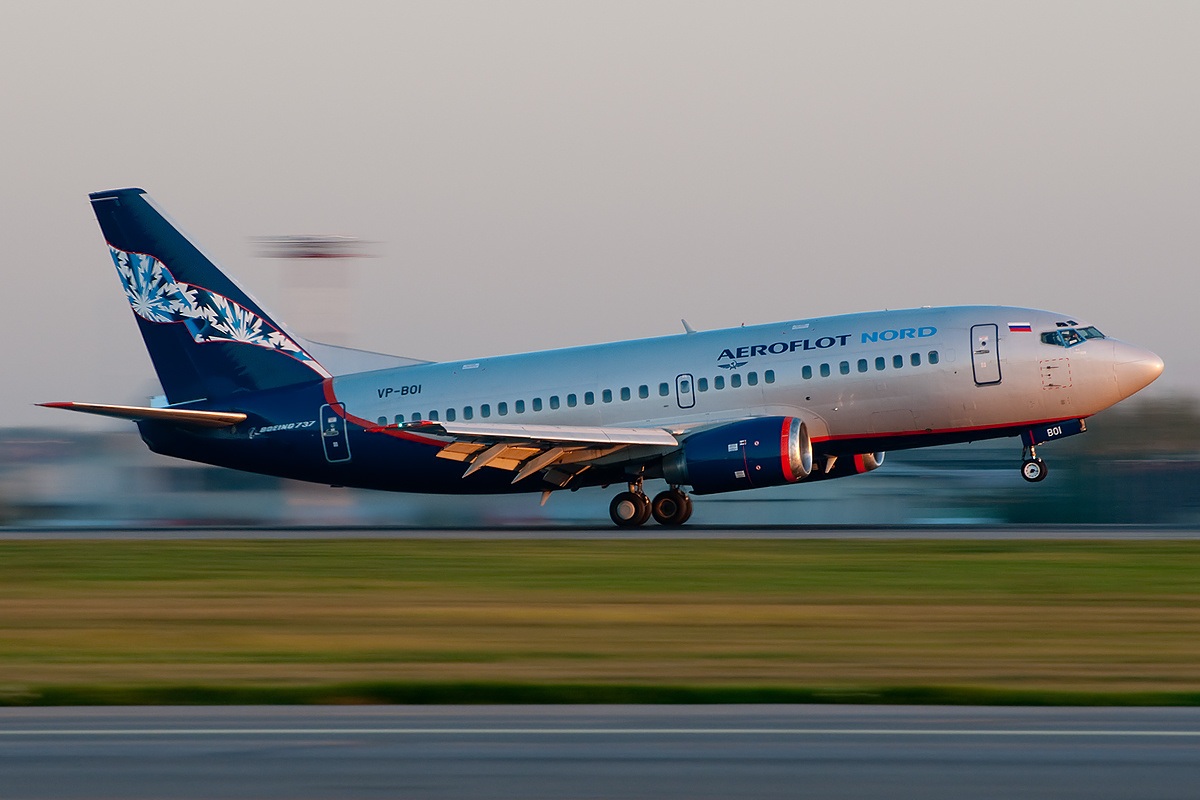
Aeroflot-Nord was a regional airline based in Arkhangelsk, Russia. It operated domestic and international flights, connecting smaller cities to larger hubs. Founded in 1963, it was initially part of the larger Aeroflot network before becoming a separate entity in 2004. Known for its fleet of Tupolev and Antonov aircraft, Aeroflot-Nord played a crucial role in regional air travel. However, its history wasn't without turbulence. In 2008, a tragic crash involving Flight 821 led to significant scrutiny and changes within the airline. By 2009, Aeroflot-Nord rebranded as Nordavia to distance itself from past incidents and to start anew. Despite its challenges, the airline's legacy remains a significant chapter in Russian aviation history.
Aeroflot-Nord: A Brief Overview
Aeroflot-Nord, a regional airline based in Russia, has a rich history and unique characteristics. Here are some intriguing facts about this airline that you might not know.
- Aeroflot-Nord was established in 1963 as Arkhangelsk United Aviation Squadron.
- The airline was rebranded as Aeroflot-Nord in 2004 after forming a partnership with Aeroflot.
- It primarily served the Arkhangelsk region, connecting remote areas with major cities.
- Aeroflot-Nord operated a fleet of Russian-made aircraft, including the Tupolev Tu-134 and Antonov An-24.
- The airline's main hub was Talagi Airport in Arkhangelsk.
Fleet and Operations
Aeroflot-Nord's fleet and operational strategies were tailored to meet the needs of its regional routes. Let's delve into some specifics.
- The airline's fleet included over 20 aircraft at its peak.
- Aeroflot-Nord was known for operating the Boeing 737-500, a popular choice for regional flights.
- The airline also utilized the Bombardier CRJ-200 for shorter routes.
- Maintenance of the fleet was conducted at their own facilities in Arkhangelsk.
- Aeroflot-Nord had a reputation for punctuality and reliability in its operations.
Safety and Incidents
Safety is a critical aspect of any airline's operations. Aeroflot-Nord had its share of incidents, which impacted its reputation.
- In 2008, Aeroflot-Nord Flight 821 crashed near Perm, resulting in the loss of all 88 passengers and crew.
- The crash led to increased scrutiny and changes in safety protocols within the airline.
- Following the crash, Aeroflot terminated its agreement with Aeroflot-Nord.
- The airline was rebranded as Nordavia in 2009 to distance itself from the incident.
- Despite the rebranding, the airline continued to face challenges in regaining passenger trust.
Rebranding and Evolution
Rebranding efforts were aimed at revitalizing the airline and expanding its market presence. Here are some key points about this transition.
- Nordavia retained much of Aeroflot-Nord's fleet and routes after the rebranding.
- The airline introduced new livery and branding to signify a fresh start.
- Nordavia expanded its route network to include more destinations in Russia and Europe.
- The airline focused on improving customer service and onboard experience.
- In 2016, Nordavia merged with Red Wings Airlines, further expanding its operational capabilities.
Legacy and Impact
Aeroflot-Nord's legacy continues to influence the regional aviation market in Russia. Here are some lasting impacts of the airline.
- Aeroflot-Nord played a crucial role in connecting remote areas of Russia with major cities.
- The airline's operations helped boost the local economy in the Arkhangelsk region.
- Aeroflot-Nord's rebranding to Nordavia set a precedent for other airlines facing similar challenges.
- The airline's focus on regional connectivity inspired other carriers to enhance their regional networks.
- Aeroflot-Nord's history serves as a case study in crisis management and rebranding in the aviation industry.
Interesting Tidbits
Beyond the operational and historical aspects, there are some lesser-known facts about Aeroflot-Nord that add to its unique story.
- Aeroflot-Nord was one of the few airlines to operate flights to the remote Solovetsky Islands.
- The airline's distinctive blue and white livery was a familiar sight in many regional airports across Russia.
Final Thoughts on Aeroflot-Nord
Aeroflot-Nord, now known as Nordavia, has a rich history filled with interesting facts. From its origins in 1963 to its rebranding in 2009, the airline has seen significant changes. It played a crucial role in connecting remote regions of Russia, making travel more accessible. Despite facing challenges like the 2008 crash, the airline has continued to evolve and adapt. Its fleet, primarily composed of Boeing and Antonov aircraft, reflects its commitment to safety and efficiency. The airline's dedication to customer service and operational excellence has earned it a loyal customer base. Understanding these facts about Aeroflot-Nord gives us a deeper appreciation for its contributions to aviation. Whether you're an aviation enthusiast or just curious, these insights offer a glimpse into the airline's journey. Keep these facts in mind next time you think about the history of air travel in Russia.
Was this page helpful?
Our commitment to delivering trustworthy and engaging content is at the heart of what we do. Each fact on our site is contributed by real users like you, bringing a wealth of diverse insights and information. To ensure the highest standards of accuracy and reliability, our dedicated editors meticulously review each submission. This process guarantees that the facts we share are not only fascinating but also credible. Trust in our commitment to quality and authenticity as you explore and learn with us.
